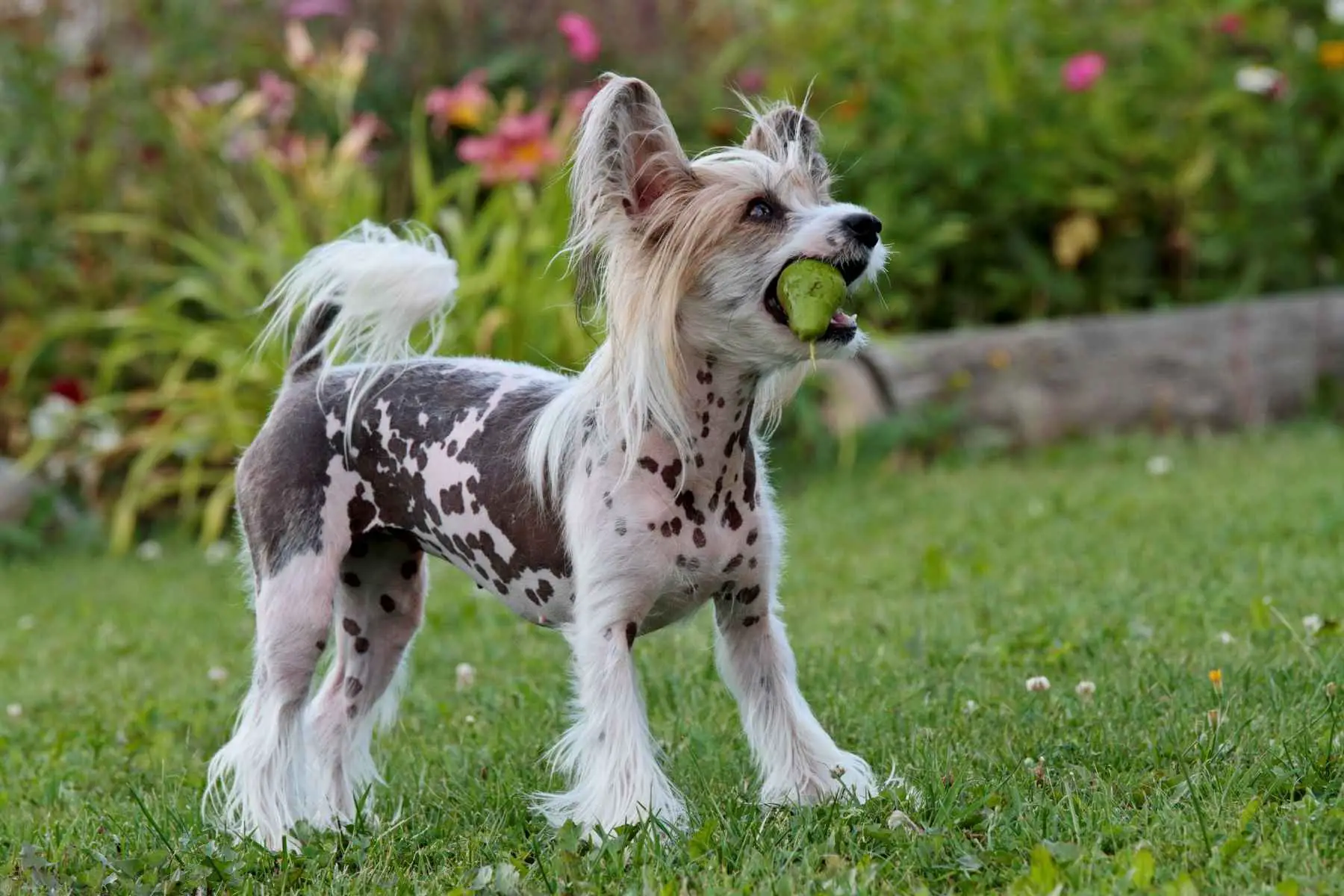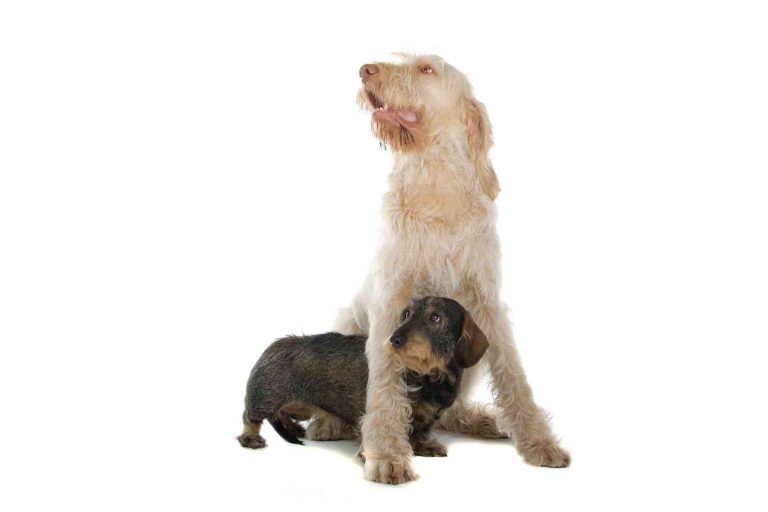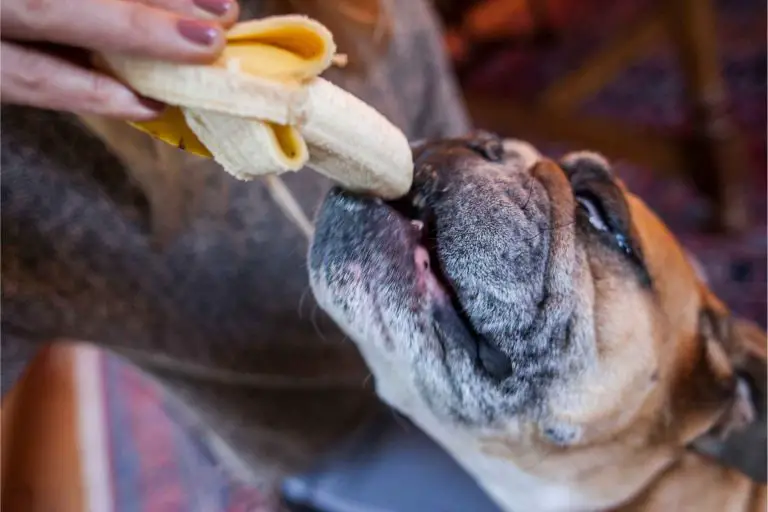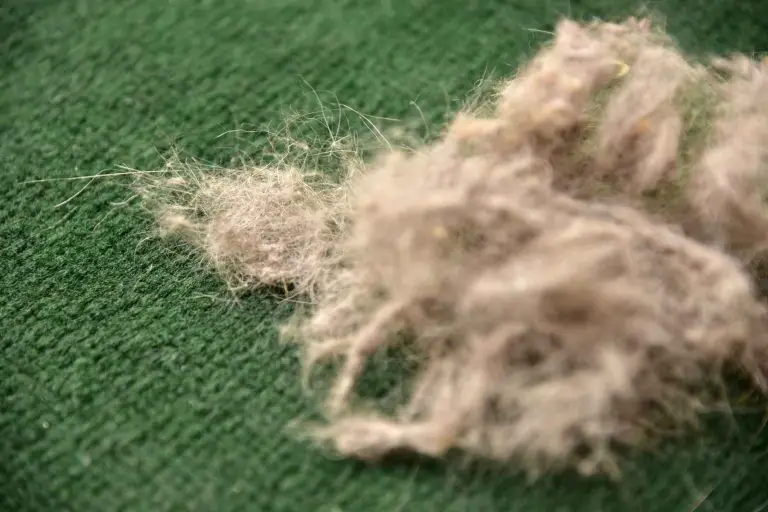Can Dogs Eat Pears?

Are pears safe for dogs to eat, or not? Dogs can eat many things, but there are a few foods out there that are toxic or otherwise dangerous to them. Chocolate is well-known, but if you want your canine partner to be safe, you should probably double-check everything you want to feed them, including pears.
The good news is that pears are safe for your dog to eat in all forms. The bad news is that there are a few important caveats to consider when it comes to feeding pears to your dog. It can offer some health benefits but can also cause problems if you are not careful.
In this article, we’ll discuss in detail what pears can do for your dog, what all is actually included when it comes to “pears,” and the risks you need to keep in mind if you want to feed pears to your dog regularly.
Fruit as Part of a Dog’s Diet
While dogs are primarily carnivorous, they, like many creatures, are limited omnivores, meaning they eat both meat and plants.
There’s nothing wrong with feeding fruit to your dog. However, one needs to be aware that fruit should only be a small part of a dog’s diet. Fruits and vegetables should be 10-15% of a dog’s diet at most.
Pears and many other types of fruit can offer some nutritional benefits as treats for your dog on occasion, but their dog food should still provide for most of their dietary needs. As long as an owner keeps that in mind, adding a few fruits to a dog’s diet is OK. Just don’t give it more importance than is warranted.
Now that this critical detail is out of the way let’s talk more about pears specifically.
There Are Different Types of Pears
When most people think of pears, only one fruit comes to mind. However, much like how there are different types of apples, there are many different types of pears as well.
Fruits classified as pears are part of the Pyrus genus. There are also some fruits that one may think are pears, but they aren’t really. So it pays to define what a pear is clearly.
All of the fruits in this genus are pears, and they are all non-toxic to your dog. Some fruits are commonly referred to as “pears,” but they are not actually pears. Such examples include cactus pears, otherwise known as prickly pears. Despite the name, these are not only not pears, but they are toxic to your dog.
The members of the pear family your dog can eat include the following:
- Red Anjou
- Green Anjou
- Bartlett
- Red Bartlett
- Conference
- Bosc
- Concorde
- Comice
- Seckel
- Forelle
- Starkrimson
Any of these pears are safe for your dog to consume. However, they all need to be fed in moderation since pears have a relatively high concentration of sugar that would be harmful to dogs in higher amounts.
Moderation is key to feeding your dog fruits of any kind. They should always serve as occasional treats.
What Can Pears Do For Your Dog?
Pears, like many fruits, are mostly water. In this case, pears are about 84% water. They also possess approximately 1 gram of vegetable protein, 10 grams of carbs, 0 grams of fat, and about 0.66 grams of fiber.
These are useful for your dog, but that’s not all that pears have to offer. They also have many vitamins and minerals.
The vitamins up for grabs include Vitamin C, Vitamins B3 and B6, beta-carotene, and Vitamins B1, B2, and B9. On the mineral side of the spectrum, we have iron, sodium, magnesium, calcium, and potassium.
These various vitamins and minerals offer a wide array of benefits for your dog, which we’ll discuss in detail.
The Benefits of Fiber
Fiber does a great number of things for the body. It helps with digestion and helps prevent heart disease, and reduces blood pressure and cholesterol levels.
Fiber also aids in the prevention of certain types of cancer, notably stomach, lung, and colon cancer. Fiber is great to have a lot of.
Low Weight Gain For Healthy Benefits
Pears are pretty low in calories, especially compared to the number of vital nutrients and vitamins they offer. They also have a low glycemic index, which helps maintain low glucose levels. In short, they offer many nutritional benefits without contributing too much to potential weight gain.
Great Hydration in a Small Package
You probably recall earlier when we mentioned that pears are nearly 84% water, which is very high. This makes them excellent sources of hydration when water isn’t readily available to your dog.
Maybe you’re enjoying a picnic and don’t have a water bowl on hand. A pear would be a great way to hydrate your dog, and it’s easy to carry.
How to Properly Give Your Dog A Pear
So, you’ve determined that you want to give your dog a pear. Well, how should you go about doing that? First, you need to make sure that the pear is ripe.
An unripe pear is not only going to taste bad. It is going to be potentially unhealthy for your dog. You’ll also want to wash the pear thoroughly.
That’s because the skin may have dirt or, in some cases, chemical preservatives on it. You’ll want to get rid of all of that. You can skin the pear if you want to, but the skin itself is the part that contains the highest amount of fiber, so we’d recommend keeping it on for maximum health benefits.
Finally, you need to remove all the seeds from the pear, as these seeds contain trace amounts of cyanide and will be harmful to your dog. While pears may not be toxic to dogs on their own, food allergies exist, and a dog could be allergic to pears. Stop providing them if you notice that pears don’t sit well with your dog.
Remember that pears are no substitute for regular dog food and that they should be viewed as treats and treats alone, not a major part of a dog’s diet.
It’s also highly recommended that you speak to your veterinarian about giving new food to your dog if you have never provided said fruit to them before. Your vet usually knows best.
What Hazards do Pears Possess for Dogs?
The hazards of pears and dogs lie mostly with whether or not you give a dog too much pear. Because of the high fiber and sugar concentration found in pears, if you give your dog more than you should, they will likely suffer from an upset stomach and greater weight gain. Provide pears in moderation, and this is of no concern.
However, make sure you cut the pear into manageable pieces for your dog to avoid any choking hazards, and be sure to wash the skin thoroughly if there is any dirt or preservatives on it.
Finally, keep in mind that pear seeds contain trace amounts of cyanide, as mentioned earlier. You must remove these before feeding them to your dog.
Other than these things, there are next to no risks in feeding pears to your dog. Just make sure you do so in small amounts and on infrequent occasions. So long as you do that, there should be no problems unless your dog is allergic to pears specifically.
Summary
It is safe for dogs to eat pears, so long as you talk about the Pyrus genus fruits. Bear in mind that some fruits are called pears but are not actually pears, such as prickly pears, which are toxic to dogs. But actual pears are safe for your dog to eat and offer many nutritional benefits if they are provided in moderation.
Pears are low in calories but high in water, vitamins, and minerals making them great snacks for dogs that offer health benefits and hydration without the risk of contributing too heavily to weight gain. The skin is high in fiber and perfectly fine to feed your dog as long as you clean it thoroughly. The seeds are toxic and must be removed.
Fruit and vegetables should only consist of 10-15% of your dog’s diet at most. They are not a substitute for the normal dog food that should make up the majority of your dog’s diet. Consider pears as treats that you can occasionally feed your dog, not something that should be provided to them in large amounts.
If you feed your dog too much pear, they will likely suffer from issues brought about by the high fiber and sugar concentration, primarily gastrointestinal issues. This is why you must provide pears in moderation. Consult your vet before introducing new foods into your dog’s diet for an expert opinion.






